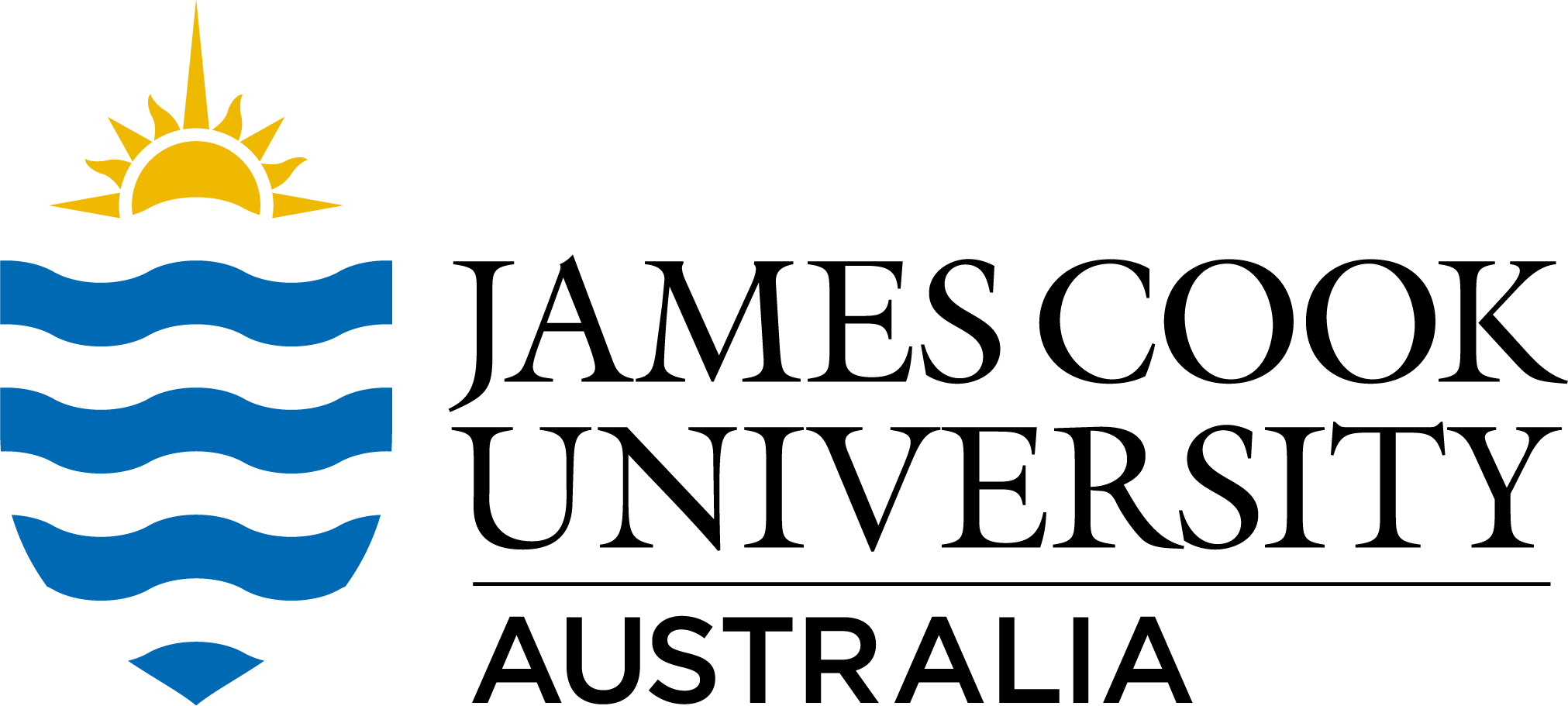Brief description
The datasets contain reproductive and hatchling characteristics from an experimental population of the coral reef fish, Acanthochromis polyacanthus. The aim of the experiment was to expose male and/or female fish to simulated ocean warming at different life-stages to determine the effects on their reproduction and newly hatched offspring.
Full description
The datasets accompany the manuscript:
Spinks, R.K., Bonzi, L.C., Ravasi, T., Munday, P.L., and Donelson, J.M. (2020). Sex and time specific effects of ocean warming on reproduction and offspring quality. Evolutionary Applications.
The full methodologies are included in the manuscript. The supplementary material includes the R script used for analyses.
The 'Individual traits' dataset contains the following reproductive and offspring traits with the column headers in brackets: breeding probability (Bred), egg area in mm2 (Egg Area), embryonic mortality (Embryo Mortality), hatch weight in mg (Hatch W), hatch standard length in mm (Hatch SL), and hatch yolk area mm2 (Hatch YA).
The 'Clutch traits' dataset contains the following reproductive and offspring traits with the column headers in brackets: clutch size (Clutch Size), total eggs per pair (Total Eggs), and embryonic duration in days (Embryo Duration).
F1 Treatment codes represent
- CCC: Male developed in control temperature, female developed in control temperature, reproduction in control temperature
- CHC: Male developed in control temperature, female developed in high temperature, reproduction in control temperature
- HCC: Male developed in high temperature, female developed in control temperature, reproduction in control temperature
- HHC: Male developed in high temperature, female developed in high temperature, reproduction in control temperature
- CCH: Male developed in control temperature, female developed in control temperature, reproduction in high temperature
- CHH: Male developed in control temperature, female developed in high temperature, reproduction in high temperature
- HCH: Male developed in high temperature, female developed in control temperature, reproduction in high temperature
- HHH: Male developed in high temperature, female developed in high temperature, reproduction in high temperature
Should you have any further questions related to the datasets, please don't hesitate to email me on [email protected]
Notes
This data collection consists of 2 datasets in comma-separated values (.csv) format.
Created: 2020-07-20
text: Marine and Aquaculture Research Facility Unit, James Cook University, Queensland, Australia
text: Palm Islands region, central Great Barrier Reef, Queensland, Australia
User Contributed Tags
Login to tag this record with meaningful keywords to make it easier to discover
- DOI : 10.25903/5F14FA3FAFABA

- Local : researchdata.jcu.edu.au//published/852109008a7a8a09ba81a7f138661c95


